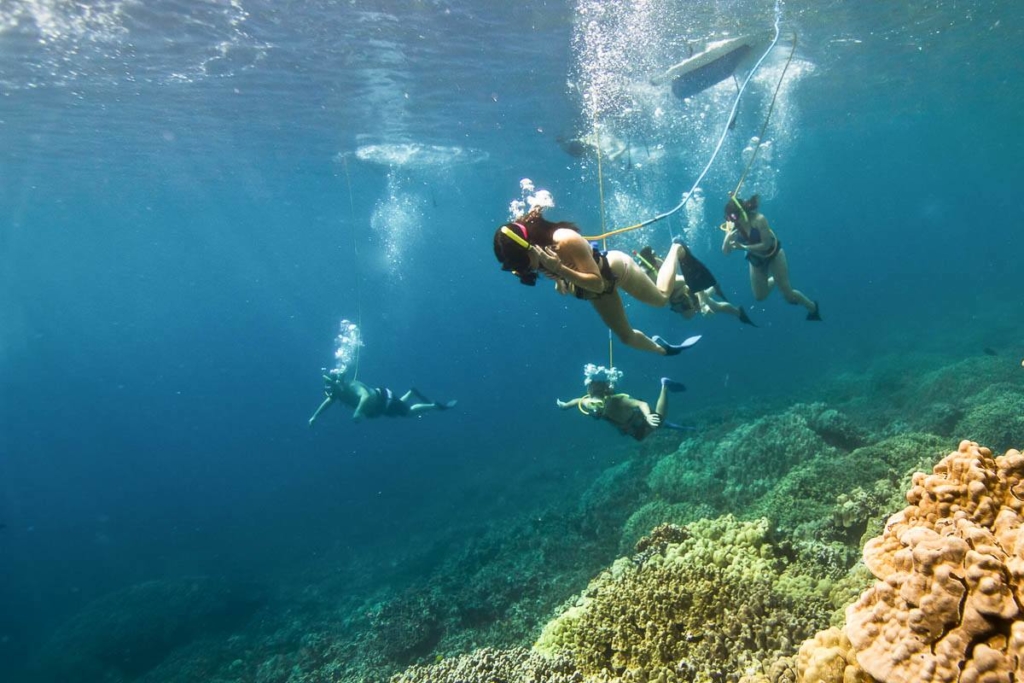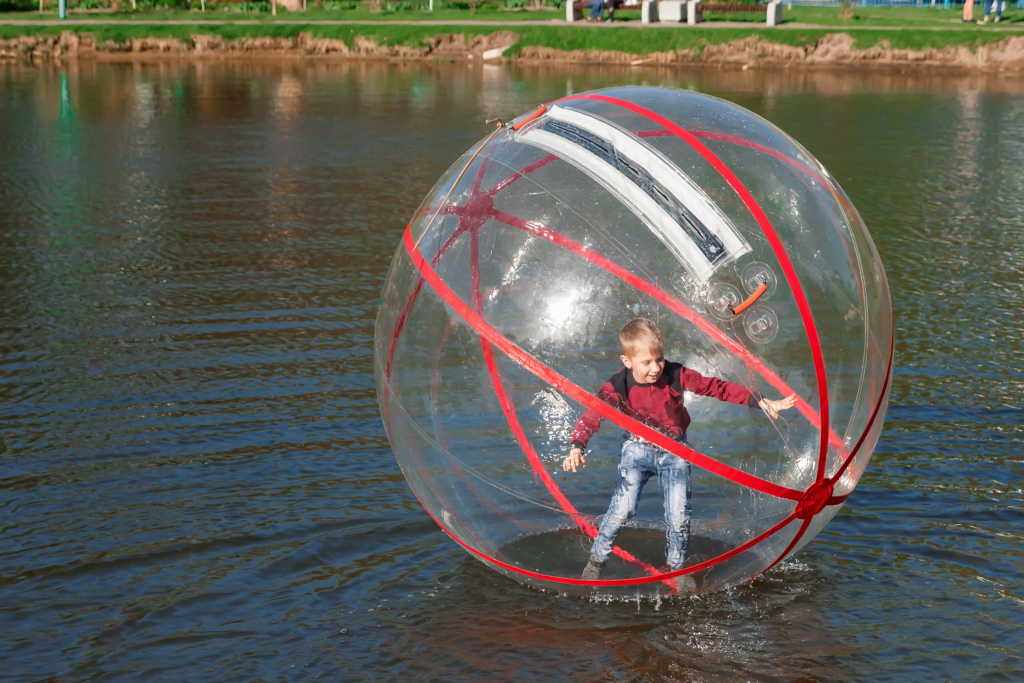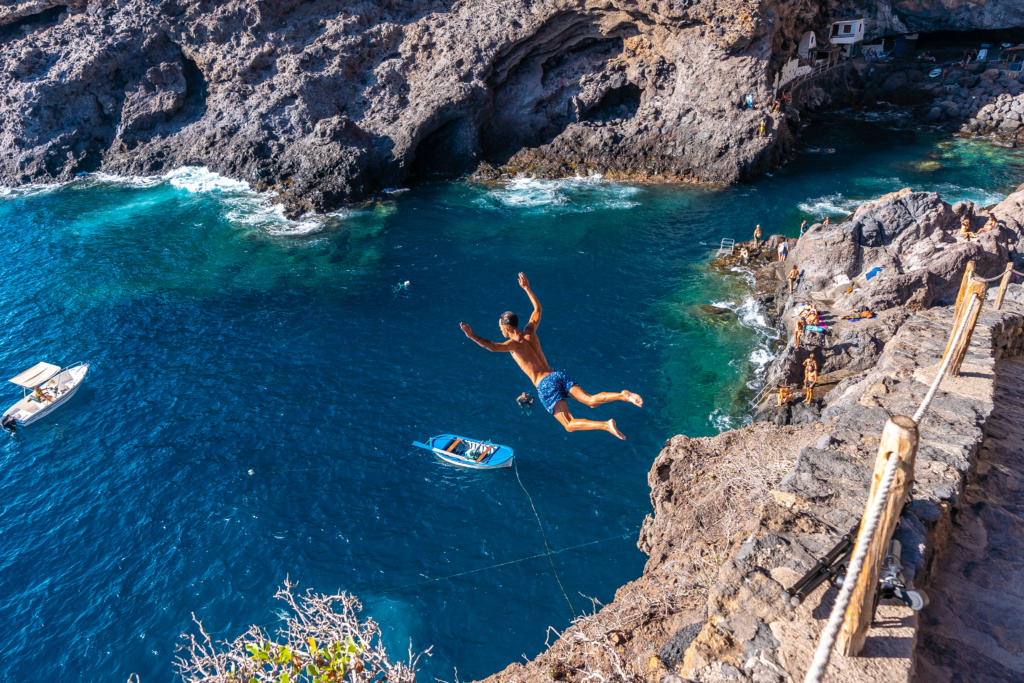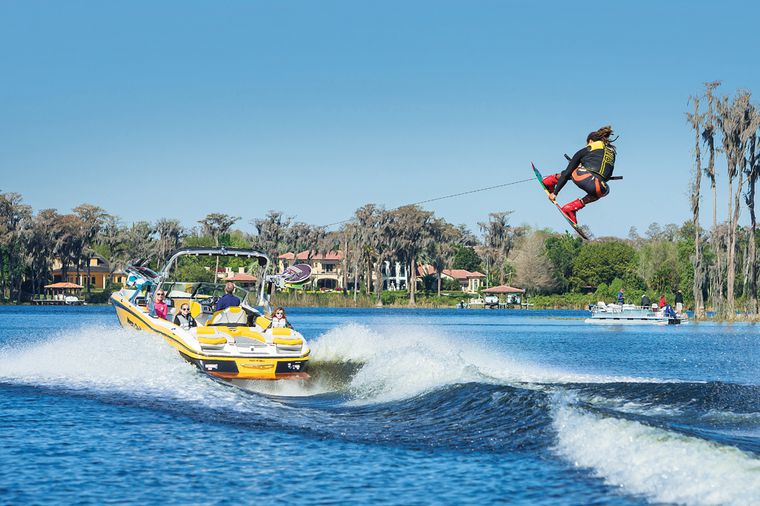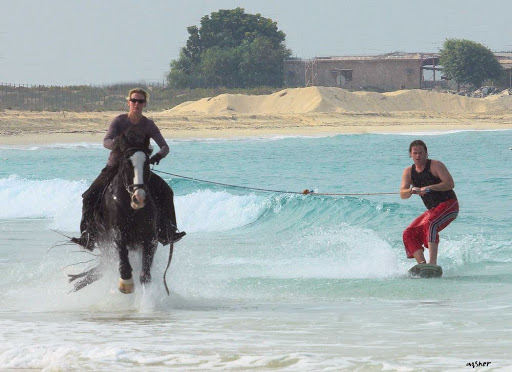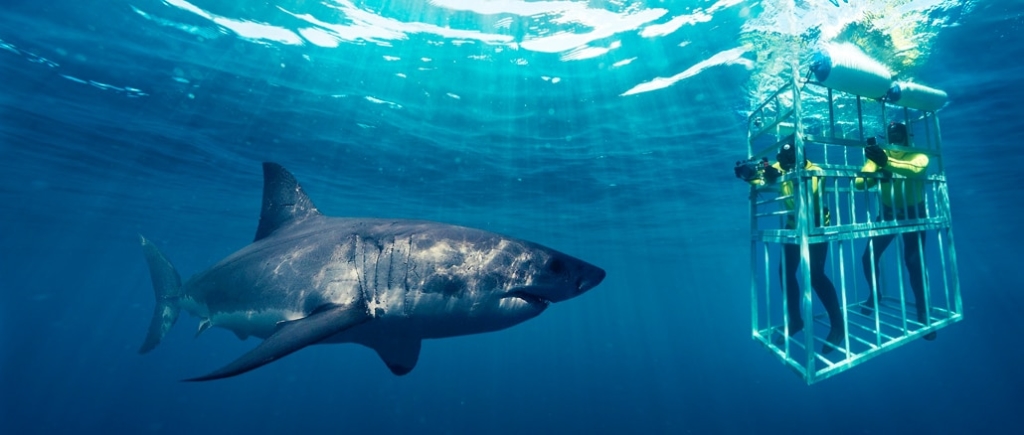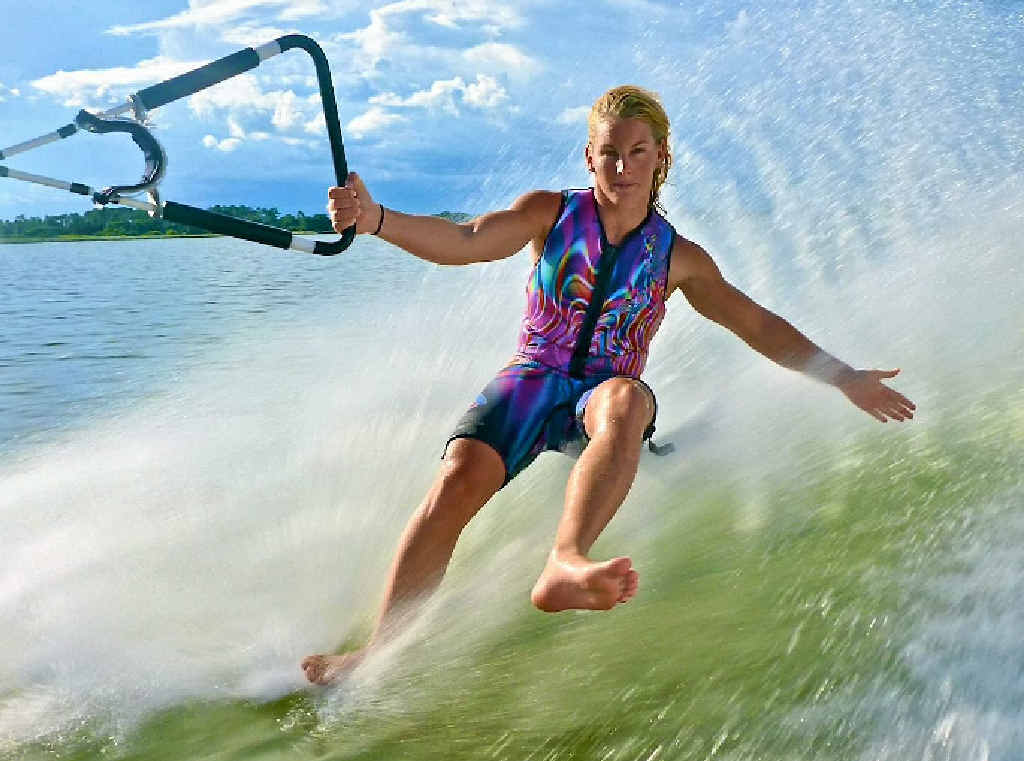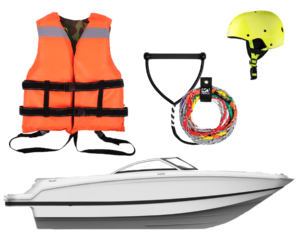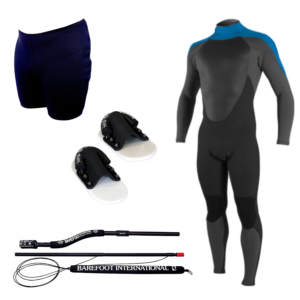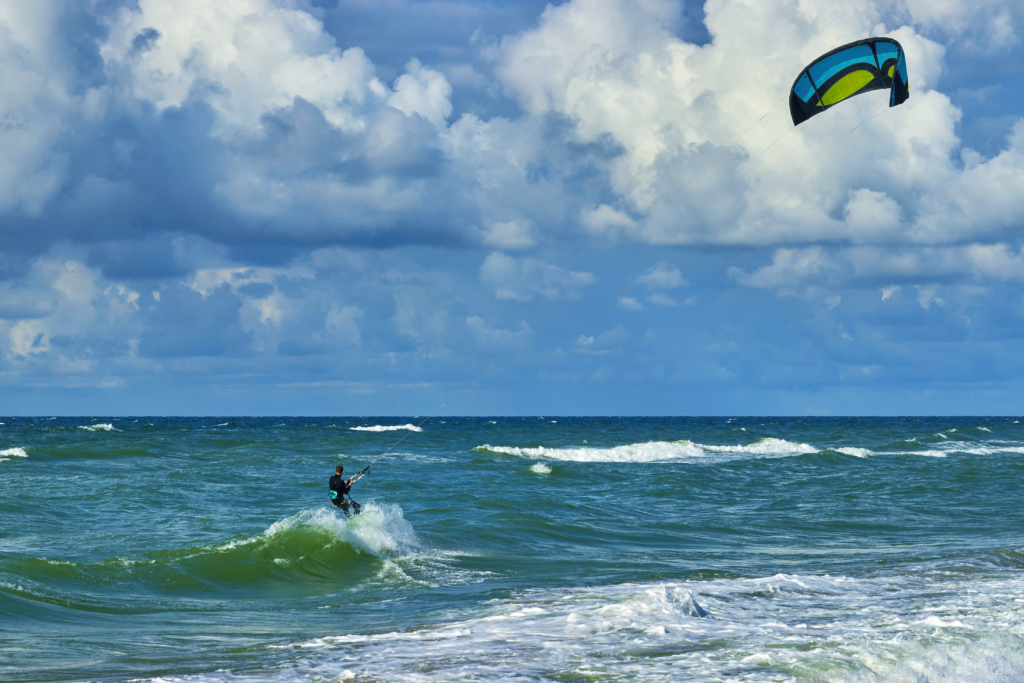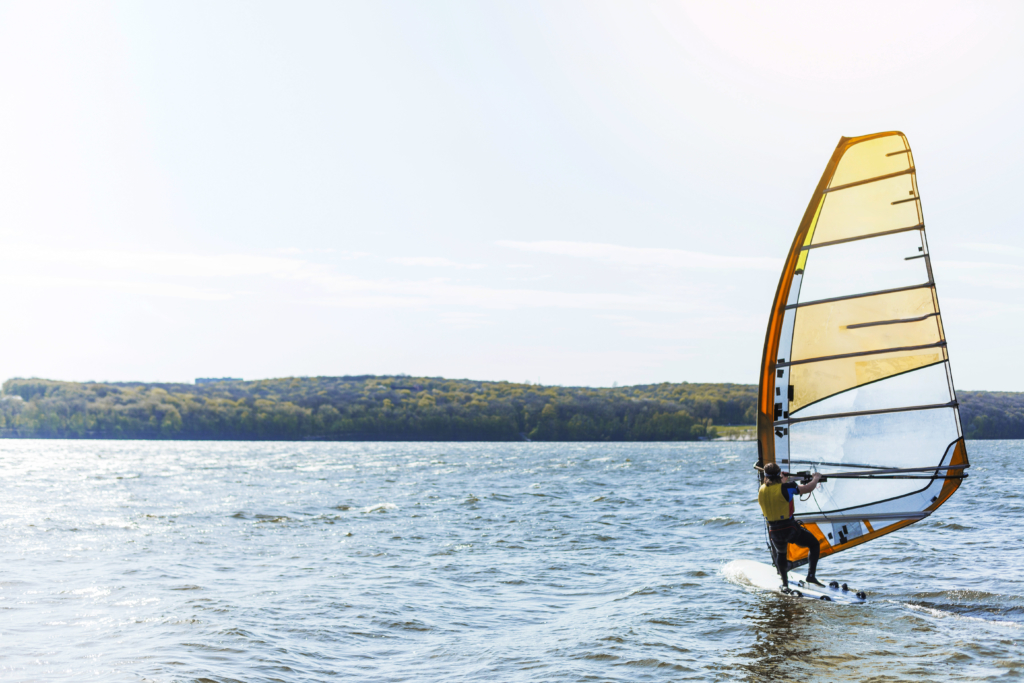There is no spelling error or typo here, as it is a combination of Scuba Diving and Snorkeling. Patterned by SNUBA International, The diver tows the raft on the surface via a lightweight harness connected to the air line. Participants can hold on to the raft at the surface using a lanyard that runs the length of the raft. The air is supplied from long hoses connected to compressed air cylinders. In scuba diving, however, the air comes from tanks strapped to the diver’s back. The biggest advantage of snuba is divers do not need to obtain a certification. They do not need to have prior experience to engage in it either. All they need is to feel comfortable on the water and have basic swimming skills. Tour operators can also offer it as a foundational point to those looking to take a scuba diving license exam. See other highlighting things about this activity in the table down below: By the way, both snorkeling and scuba diving on their own are also great activities to offer at your rental location, both of which we discuss in our separate blogs highlighting activities for families and watersports for freezing weather. If your marina has a rich underwater life, consider getting a water ball! You may ask why? A walking ball is an inflatable sphere that enables a person inside it to walk across the water body surface. This large ball is usually 6.5 feet (2 meters) in diameter. It also has a zippered entrance to enable easy entry and exit. The water ball looks similar to the zorb, but it has only one layer. This type of activity has already gained popularity in the United Kingdom! Tour operators’ best bet will be to offer this activity during cold weather due to thermoplastic polyurethanes material. Some models are made of a mixture of polyvinylchloride and TPU. The more latter and the less former are used in manufacturing, the more expensive these spheres become. Water Zorbing is an excellent addition to your rental location, considering how kids can be tricky to deal with during tours. Like Dock Jumping, the only difference is that the starting point in this one is a cliff. If you are lucky to have it at your rentals, then leveraging it is a way to go for. Tour operators’ pre-dive briefings should address the dangerousness of water depth and currents conditions. Sometimes the diver will inadvertently do a belly flop, entering the water horizontally, which is not recommended to avoid injuries. The diver typically displaces a more considerable than usual amount of water. See how travelers highlight their experience in South Point Hawaii Cliffs (Ka Lae) to understand better how you can promote this activity at your rentals. Yet another uncommon adaptation of the common activity. This takes its roots in skateboarding, which makes this activity’s name because a rider does not get strapped to the board. It is also a variation of wakeboard in which the design of the board looks more similar to a snowboard. If you already offer a jet ski or speed boat to rent out at your location, wakeskate can be an excellent addition to your equipment inventory. For example, suppose you have a group of people visiting your facility. In that case, some or one (depending on the number of people in the group) can choose to rent the motorized equipment, and, the other, wakeskate, just like shown in the picture with the only difference that your visitors may not master it from the first try. For that reason, the pre-activity briefing should address the following points: A) A good starting point is to utilize water force to keep things secure. Recommend a skater to start out in the deep water with the board perpendicular to their body at their feet and towrope handle in hand. The beginner’s best bet would be to float on their back with heels atop the board with shoulder’s width apart. The next thing to do is straightening the arms while pulling in knees into a sitting position. After that, giving the driver a signal to start moving is the best choice in beginning the activity. B) Once a brief initial slow roll is applied, recommend the driver to accelerate up to 18 mph or slower, depending on the level of rider proficiency. The wrong move is trying to pull yourself up and out of the water. Instead, a rider should remain in knees bent crouch and allow the PWC to pull them with the sitting shape applied out of water. Afterward, the rider’s butt should naturally move toward their heels, making them almost to squat. Standing up should be done gradually once the participant gets atop the water with forward pivoted. The body should be rotated, and so are the hip going parallel to the boat’s direction. C) Finally, once you nail the basics, recommend the customer to take some extra time to get used to the board. Let them practice alternate weight adjusting with toes and see how it feels. The street tricks can also be applied here; all it takes is just time and practice. While flyboarding, is still to gain its wide recognition, jetpack certainly has even less of it. Essentially, jetpack flying can be promoted the same way as flyboarding, if you think about it, because the only difference between those two is a part of the body that controls the maneuvers. It would rather be a back in the former, while in the latter, it would be a combination of back and weight control. Take a look and see how Aqua Flight promotes this type of watersports at their location. The most significant advantage of offering this activity at your rental facility is that jetpack itself is quite pricey to get making it less available for most to purchase. Plus, like any other activity in this list, there are not that many tour operators out there anyway who currently offer it, which can be an answer to the question of whether it worth your investment or not. If you have not already, we suggest establishing partnerships in certain aspects with different businesses in the area to reach a win-win situation. For instance, you can be on the lookout for companies like The Real BeachHorses, which transformed horseback riding into a watersport activity. While you may feel hesitant about purchasing horses and looking after them, you can consider partnering up with a local stable in this manner to make you stand out from your competition. If it is a group of people visiting your rentals, then one can ride a horse and the other surf behind holding the rope. Pick a day or two during the week that would work best for you and stable owners, arrange it as a “one day throughout the week” special activity for your customers to get, and off you both enjoy such a collaboration! Suppose you have thrill-seekers at your location and the usual stuff like snorkeling or scuba diving (or its winter cousin ice diving) do not interest them, and you are lucky enough to live in the area with sharks or crocodiles or anything else dangerous inhabited to have close interaction with. In that case, cage diving can be the next big thing for your visitors to try out. Depending on how deep the cage would go underwater, the required experience of diving can vary, but as a rule of thumb, we suggest following these tips for the customer’s best experience and drive your online reviews afterward: Compared to regular scuba diving, cage diving is less attractive because it requires participant(s) to stay at the same place for an extended time. To that end, offer this activity in the right season so that your visitors simply do not catch a cold during the diving process and let them bring gloves in just in case. Depending on the diving experience, it is a good practice to let your customers choose the depth level for their activity. If they are fearful of dangerous underwater creatures and/or have little or no prior diving experience in general, snorkel gear would be their best choice. This is because of the easiness that it provides should customer(s) choose to go back to the boat. On the other hand, if you are dealing with professional divers, you can take all the standard equipment for scuba diving (i.e., open circuit setups, hookah dive systems, etc.) When everything is done right, cage diving is accident-free activity. Where extra attention is needed, though, is when getting in and out of the cage. See how Marine Dynamics Shark Tours suggests doing it. Restrict alcohol consumption during the activity and recommend taking medicine for those prone to motion sickness. If a diver is prone to motion sickness, it is worth taking extra motion sickness medication or other precautions. The ocean surface can be choppy, and a cage’s movement exaggerates the feeling of motion for divers at the surface. Having plain snacks can also do the trick with motion sickness. There is less cage movement to deal with during deep cage dives than at the surface. Cage diving at depth also provides a more immersive experience and can be a good option for those prone to motion sickness. If your customers choose to go for snorkel equipment instead of scuba diving gear, let them know to be aware of the fact that it can easily be caught in a cage bent and/or lid. It should be their responsibility to be on a constant lookout for air access, so that dive operators disclaim responsibility on that matter. For instance, white sharks can get cautious when they get eye contact with a human, especially if it happens continuously. The same applies to personal belongings like cameras and phones that should stay inside the cage. Did you just happen to find out that your water skies broke, but you have a reservation lined up later in the afternoon? It turns out you can still offer this activity but without the skies! Barefooting requires the skier to go at higher speeds than traditional water skiing (30-45mph/50-70km/h), and speed depends on the participant’s weight. Barefoot skiing is another great addition to your rental activity portfolio on its own, too, no need to wait for the equipment to break down; however, consider also adding the following gear shown on the images below: Barefoot Skiing Required Equipment: Boat, Handles and Ropes, Personal Flotation Device, and Helmet Barefoot Skiing Optional Equipment: Barefoot Wetsuit, Padded Shorts, Boom, and Shoe Skis According to the travelers who have already experienced this activity, if you nail snowkiting, then you should be fine with its summer cousin, kitesurfing, or vice versa. For that reason, tour operators can ask their visitors about their prior experience with either and promote it, highlighting on their marketing channels Kiteboarding, its other name is a combination of skateboarding, wakeboarding, snowboarding, windsurfing, and paragliding. When these are all compared, it turns out that sailing sports are more convenient and less expensive to operate. Inflatable kites are usually the option to go for in this activity; however, sometimes foil kites can be too; in either case, you’d attach them by around 66 feet (20 meters) flying lines to a harness and a control bar. Like in wakeboarding (similar to wakeskating), the kitesurfer rides on a directional surfboard or a bidirectional board; there are instances of foil board too. Like in pretty much any other wet watersport, a wetsuit is recommended to wear, especially in cold waters. If the wind is a no stranger at your rental location, then so should be kitesurfing! Lastly, the water sport activity that winds up our list is another combination variation of sailing and surfing. It is also a recreational sport, we recommend offering it at flat water locations. This will help make sure it is safely accessible by both rookies and intermediate participants. It is a great option for customers looking to sail but prefer a more adrenaline-pumping experience at the same time. Don’t let your customers underestimate this watersports’ difficulty, as there is such a notion that it is a laid-back sailing activity. Learning wind techniques is vital to succeeding here. See how North Beach Windsurfing school promotes it. To conclude, we would like to highlight that staying competitive is crucial for tour operators than ever before. If you want to make your rental location busy with the customers who want to take a day out of staying at home, then looking for something unique to offer can pull a trigger. WaveRez isn’t just reservation software. We are a team of experienced individuals with backgrounds in tourism and the watersport industry. We believe in helping your business grow alongside providing a watersport-focused reservation system. If you’re looking to expand your equipment variety and need help keeping up with a larger fleet of equipment, we’d be happy to help. Our matrix view provides watersport companies the ability to see all of their equipment availability in one easy-to-view page. You can check out more on our WaveRez feature page.Table of Contents
1) SNUBA, a.k.a. Snuba Diving
Pros
Cons
Provides an opportunity for a participant to get comfortable with breathing before starting to descend. There is also a feeling of comfort and safety provided and an option to hold on to the raft.
Strong current and waves in action can cause snub divers discomfort because the raft would sway during it. We recommend tour operators cancel this type of activity at the rental location during windy days.
With the hose’s combination as a guide and soft weights, participants can descend anywhere deep to 20 feet (6 meters). Also, unlike in scuba diving, in SNUBA, the participants wear much less gear. This allows having unencumbered swimming and lack of heaviness once participants make it back to the surface.
SNUBA is a life-threatening activity. Because divers inhale compressed air, it can cause barotrauma. Tour operators should address this during the pre-dive briefings and the solution by breathing normally and continuously while ascending.
A correctly weighted snuba diver wearing no compressible dive suit will be neutrally buoyant at all depths. They have a hose and harness that helps with sinking, which takes less effort than swimming. They also have a raft with a grab-rope to help with holding on to at the surface.
The snuba diver is not provided with an emergency buoyancy system, unlike scuba divers. It means that the participant has to reach the surface themselves. The alternative is to wait for the assistance arrival in case of emergency.
2) Water Zorbing, a.k.a. Water Walking
3) Cliff Diving
4) Wakeskating
5) Jetpack Flying
6) Horse Surfing
7) Cage Diving
A) Choose the right season and right diving clothing
B) Offer different air source equipment depending on the depth for your experience level
C) Address the cage safety procedures for preventing injuries during pre-dive briefings
D) Address motion sickness precautions
E) Ensure snorkels do not get caught in the cage bent and/or lid
F) Avoid eye contact and keep objects inside the cage in order not to encourage dangerous creatures to come closer
8) Barefoot Skiing, a.k.a. Barefooting
9) Kitesurfing, a.k.a. Kiteboarding
10) Windsurfing
Being a Watersport Tour Operator in the COVID-19 pandemic
Want to know more?
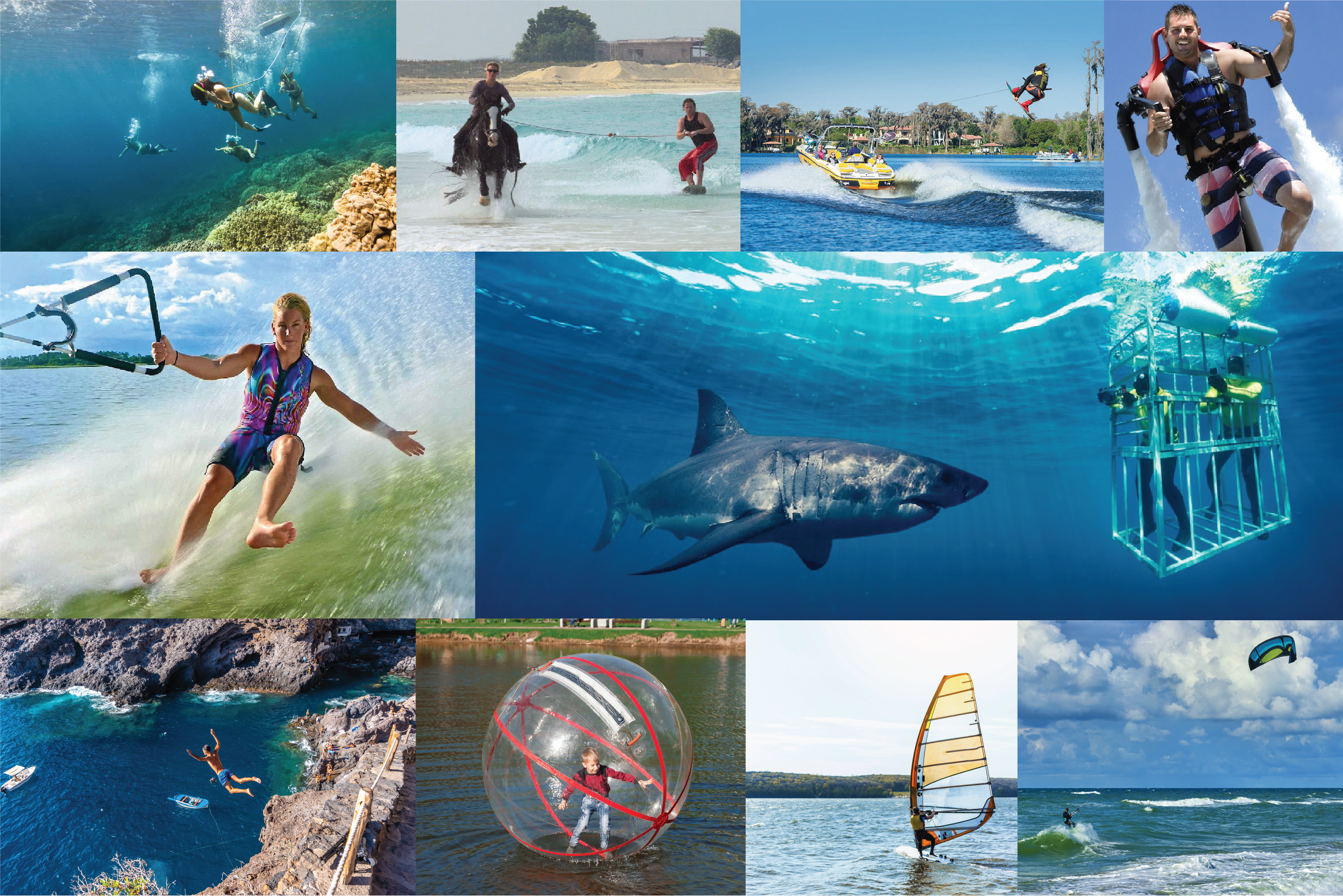
10 Most Unusual Water-Based Activities for Tour Operators in 2021
02/10/2021


